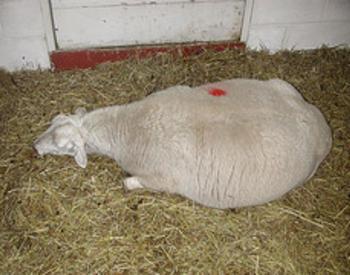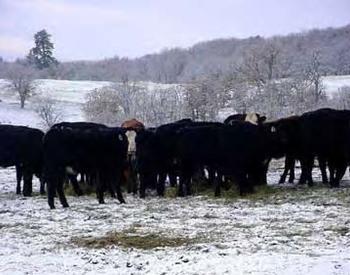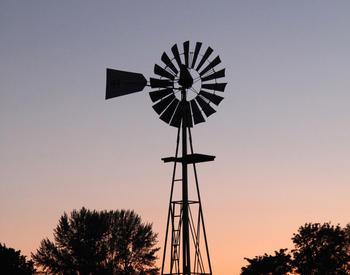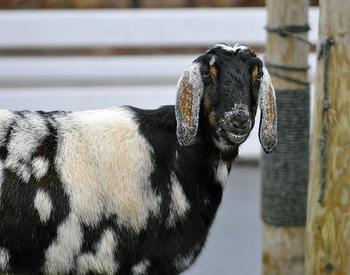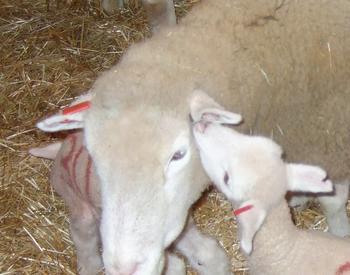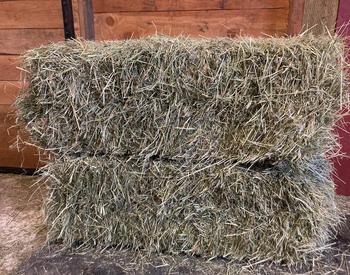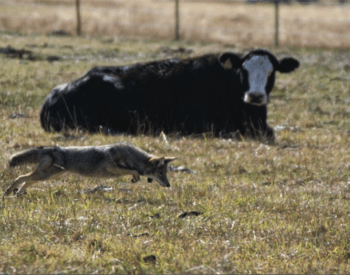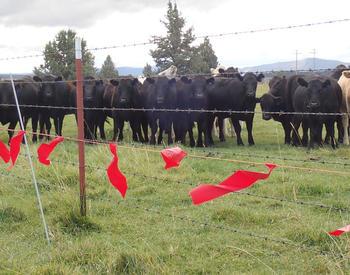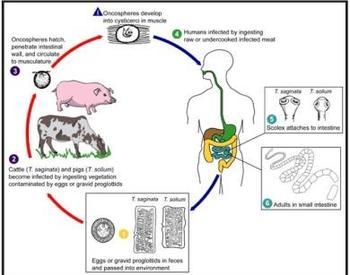Transcript
Welcome to Living on the Land, an award-winning source of useful information brought to you by your Oregon State University Extension Service. Sheep and goats are a popular choice for owners of small acreage. They not only produce meat, milk, and fiber, but they also control grass and weeds. They can pull carts or carry loads, and they make great pets or companions.
Before you buy these animals, however, it pays to do some research. Ask your state agricultural department about livestock laws in your area. Also, check local ordinances.
Some zoning ordinances prohibit livestock in certain areas. Decide what your goals are. If you plan to start a business selling sheep or goat products, find out if there's a market for these products first. Choose a species and breed that match your goals. There's a wide variety of fiber, meat, and dairy breeds for both sheep and goats. Visit fairs, shows, and farms that feature different breeds to help you decide.
Don't base your decision entirely on internet research. Learn how to choose healthy animals. Have a veterinarian examine the animals to make sure they're healthy before you buy them. Before your animals are delivered, make sure you have the proper facilities to house and protect them.
Put up an anti-predator fence. Safe options for fencing are high-tensile wire, welded wire, stock panels, and electric fences. Use field fencing only for animals without horns. And don't use barbed wire.
It can injure your animals. Build or adapt a shelter that has clean bedding and enough space for all animals to fit comfortably and stay dry. Be sure there's enough ventilation.
If moisture, condensation, and ammonia fumes build up, the animals can become sick with respiratory problems. Three-sided sheds work well. They provide fresh air and protection. Be sure the area where the animals roam is free of harmful obstructions such as exposed nails, broken boards, or exposed wires. You'll also need a structure to restrain animals when they're being examined or treated that keeps both animals and humans safe. Choose areas that allow animals to behave naturally. Goats like to browse rather than feed on grass. And they like to spend time climbing, so provide safe structures for them to do that. Check out other sheep and goat owners' facilities before designing your own.
Ask what they like about their facilities and what they would improve. Once your animals have arrived, make sure they're compatible with the guardian animal you've chosen. Guardian dogs, llamas, burrows, doggies, mules, and horses can all be effective against predators. But you'll want to be familiar with the predator species in your area and the best ways to protect your livestock. After your animals arrive, there are many tasks you'll need to do routinely.
First, keep records of your animals. Where you get them. Treatment received. Production data. Breeding history. Feed. Pasture productivity.
Paddock rotation schedule. Expenses. Income.
Weather. And any other useful information. Detailed records help you improve your management and work toward your goals.
And you may need those records at tax time. Monitor your fences regularly. Take care of down wires, fallen trees, overgrown grass, electric charger failure, and other problems right away. Since wool insulates sheep from electrical charges, if you're using the electric fence for sheep, you'll need to shear them or adjust the electrical charge as needed. Once you're a proud owner, join a goat or sheep association.
There you'll connect with others. Learn about resources in your area. Get your questions answered. Learn where to get supplies. And make new friends. To learn more about living on small acreages, check out all of our Living on the Land podcasts, available at iTunes U, or download our companion publications at extension.oregonstate.edu. Thanks for listening.
This podcast is part of the Living on the Land series. It provides concise information on first steps in starting a small flock of sheep or goats for the backyard and small flock producer. Topics include how to choose your animals and protect and shelter them, and tips on record keeping, legal matters, and connecting with others.
This is from the Living on the Land series. Download the related PDF - Living on the Land: Getting Started with Sheep and Goats
The phrase “Living on The Land” is used with permission from Living on The Land Stewardship for Small Acreage, © 2008, UNCE/WSARE.

